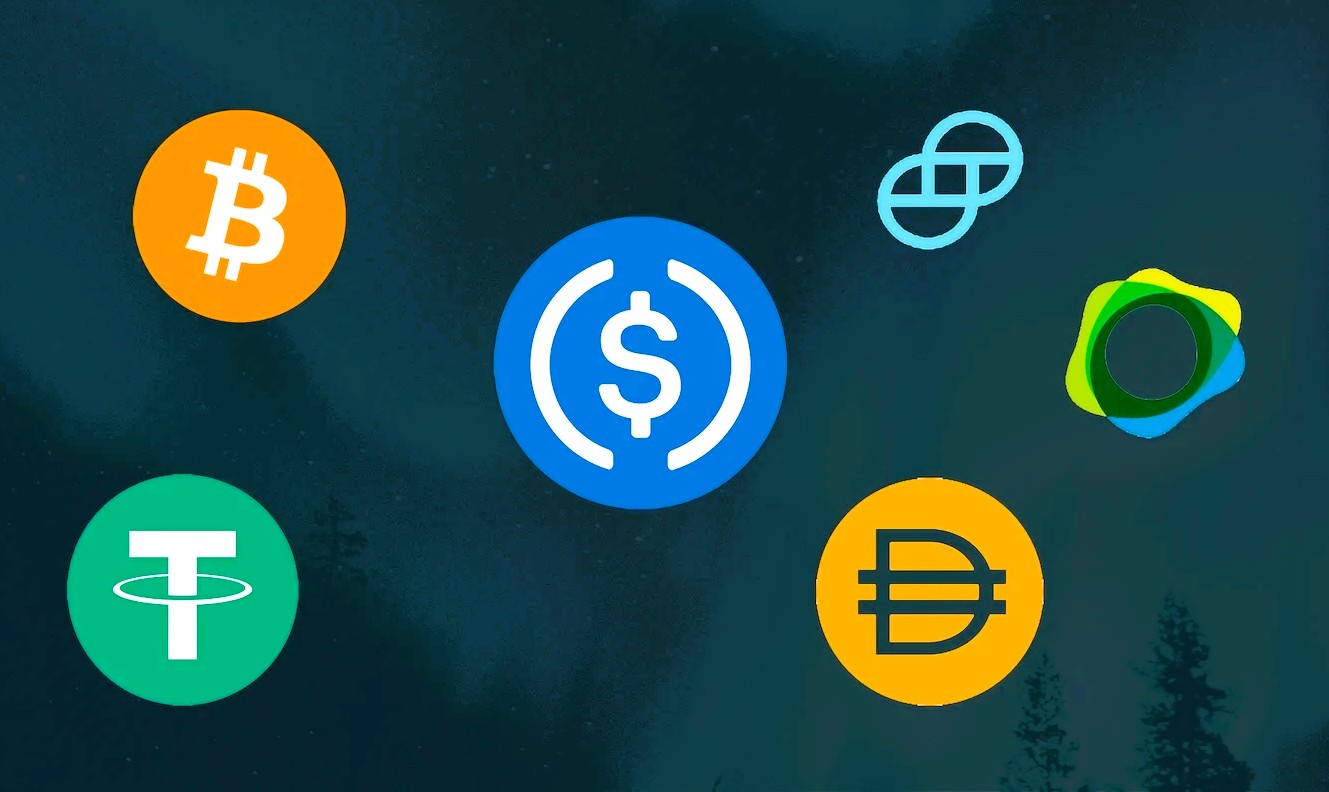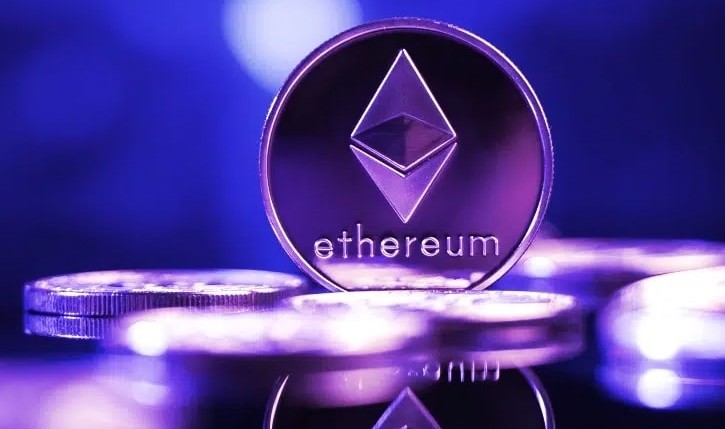From Side Story to Center Stage in Global Finance
In 2017, stablecoins were a niche experiment — a handful of tokens quietly pegged to the U.S. dollar and used by traders to hedge volatility. Fast forward to 2025, and they now command a staggering $260 billion market cap, and their impact spans across crypto markets, global finance, and even central banking policy.
The question is no longer if stablecoins matter. It’s now how they’ll reshape the financial world — and whether regulators and governments can catch up in time.
📌 What Are Stablecoins?
Digital currencies called stablecoins are tied to a stable asset, usually a fiat currency like the US dollar (USD), the euro (EUR), or even a commodity like gold. They aim to reduce volatility, a major issue with cryptocurrencies like Bitcoin or Ethereum.
There are three major types of stablecoins:
-
Fiat-Collateralized – Backed by reserves (e.g., USDT, USDC)
-
Crypto-Collateralized – Overcollateralized using crypto (e.g., DAI)
-
Algorithmic – Use smart contracts to manage supply/demand (e.g., FRAX, previously Terra before its collapse)
They serve as the digital equivalent of cash within the blockchain ecosystem.
💹 Stablecoins: From Utility to Dominance
The meteoric rise to a $260 billion combined market cap isn’t just hype. Stablecoins are now the backbone of the digital asset economy.
🔸 1. Trading Liquidity
Most crypto trading pairs are priced against stablecoins like USDT (Tether) or USDC (Circle). These tokens offer fast settlement, low volatility, and 24/7 availability, making them ideal for high-frequency trading.
🔸 2. DeFi Fuel
Stablecoins power decentralized finance (DeFi) protocols. Whether it’s yield farming, liquidity provision, or lending, stablecoins provide predictable value for smart contracts to operate effectively.
🔸 3. Cross-Border Payments
Stablecoins are becoming a serious alternative to traditional remittance networks. Sending USDT or USDC globally is:
-
Faster than SWIFT
-
Cheaper than bank wires
-
Available to anyone with an internet connection
🔸 4. Emerging Market Hedge
In countries with hyperinflation or currency controls (like Argentina, Nigeria, or Turkey), stablecoins are being used by everyday people to protect their savings and access dollars digitally.
🏦 The Regulatory Awakening
Stablecoins didn’t go unnoticed for long. With the rise in adoption, governments and regulators started paying attention — and not all of it has been friendly.
⚠️ Key Concerns:
-
Reserve Transparency: Are these coins backed 1:1 by fiat reserves?
-
Systemic Risk: Could a stablecoin collapse affect global markets?
-
Monetary Sovereignty: Will stablecoins undermine national currencies?
-
AML/KYC Loopholes: Are stablecoins facilitating illicit finance?
In response, governments across the globe have proposed or enacted regulatory frameworks:
-
U.S.: The Biden administration and Treasury are pushing for stablecoin legislation that treats issuers like regulated banks.
-
EU: The MiCA (Markets in Crypto Assets) regulation includes stablecoin provisions for reserve disclosure and licensing.
-
Asia: Singapore, Hong Kong, and Japan have released detailed guidelines for stablecoin issuers, balancing innovation and compliance.
🪙 USDT, USDC & The Race for Dominance
The stablecoin market isn’t just growing — it’s consolidating around a few major players.
🔵 Tether (USDT)
-
Still the largest stablecoin with over $130B+ in circulation
-
Operates across multiple blockchains (Ethereum, Tron, Solana, etc.)
-
Criticized for limited transparency, but recently improved reporting
⚪ USD Coin (USDC)
-
Backed by Circle, a U.S.-regulated entity
-
Seen as the “regulated choice” for institutions
-
Recently adopted in payment networks like Visa and Coinbase Commerce
🟡 Others on the Rise
-
DAI (decentralized and overcollateralized, by MakerDAO)
The battle between centralized vs decentralized stablecoins is far from over, and the outcome could shape the future of money itself.
📈 Stablecoin Integration in Traditional Finance
Stablecoins are starting to blur the lines between crypto and traditional finance:
-
Visa & Mastercard now use USDC for settlements in pilot programs.
-
Fintech giants like PayPal launched PYUSD, their stablecoin for payments and remittances.
This kind of adoption shows that stablecoins are not just crypto-native tools anymore. They’re positioning to compete directly with legacy finance infrastructure.
🏛️ Stablecoins vs CBDCs: A Monetary Battle Ahead?
One of the biggest questions facing central banks is this:
Should we compete with or cooperate with stablecoins?
Many central banks are launching Central Bank Digital Currencies (CBDCs) to offer their version of digital fiat. The problem? CBDCs are:
-
Slow to develop
-
Often lack privacy
-
Unlikely to match the flexibility and interoperability of existing stablecoins
If CBDCs don’t catch up, private stablecoins may win, and central banks risk losing monetary control to decentralized protocols or foreign stablecoins.
🔮 What Comes Next? Predictions for the Future
The future of stablecoins is tied to regulation, innovation, and adoption.
✅ 1. Tighter Global Regulations
We’ll likely see a universal push for transparency and reserve audits, possibly with international coordination (G20, BIS, IMF).
✅ 2. Bank-Issued Stablecoins
Major banks may launch in-house stablecoins (e.g., JPM Coin) to compete with crypto-native versions.
✅ 3. Stablecoin Payment Networks
More real-world payments and payroll systems could accept stablecoins, especially in Latin America, Africa, and Southeast Asia.
✅ 4. Interoperability Standards
Cross-chain stablecoin transfers will become smoother via bridges and Layer 2 solutions.
✅ 5. DeFi-Native Innovations
Stablecoins may evolve with programmatic yield, insurance, or even voting rights in DAOs, making them more than just “digital dollars.”
🧠 Final Thoughts: Ignore Stablecoins at Your Own Risk
Stablecoins have evolved from a convenience into a cornerstone of the modern digital economy. With $260 billion under their belt — and growing — they’re no longer just tools for crypto traders. They’re economic lifelines, payment rails, and financial disruptors with global reach.
Whether you’re an investor, policymaker, developer, or everyday user, one thing is clear:
Stablecoins are no longer in the shadows.
They are shaping the future of money — and they’re here to stay.
@ Crypto pro bro


